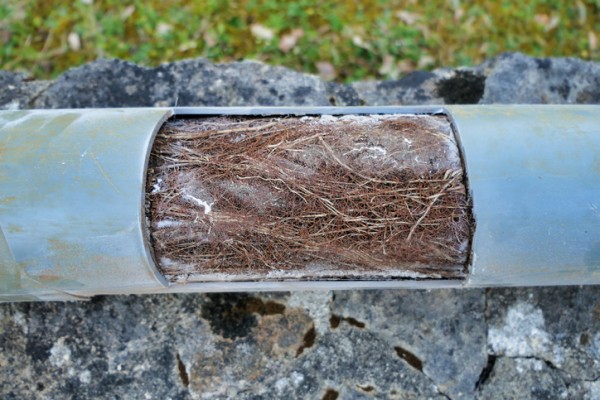Predictive tree root modelling could save millions in sewer pipe repairs
A smarter, data-led solution to one of the biggest hidden headaches in urban infrastructure could be on the horizon. Researchers from the University of South Australia (UniSA) are urging utilities and city planners to rethink how they manage the costly recurring issue of tree roots infiltrating household sewer systems.
A new study from UniSA’s Sustainable Infrastructure and Resource Management (SIRM) team reveals that traditional strategies, largely mechanical cutting and chemical treatments, are proving inadequate and unsustainable. Not only do roots often grow back, but these methods can also damage the environment and infrastructure, leading to repeated blockages, contamination and rising maintenance bills.
In Adelaide, SA Water reported over 30,000 cases of tree root intrusions in 2020, nearly 60% of all sewer failures that year. That translates to an estimated $5 million in repair and maintenance costs. The issue is global, affecting cities worldwide and costing millions.
Rather than continuing to rely on reactive maintenance, the researchers propose a shift to predictive analytics, using environmental data, pipe attributes and tree characteristics to forecast potential intrusion hotspots before problems arise.
UniSA Master of Research graduate Oliver Yang says it’s essentially an early warning system.
“By analysing factors like pipe age, diameter, soil type, tree species and climate, we can map out high-risk zones and guide smarter planting choices and pipe materials,” he says.
The review, published in the journal Sustainability, highlights a critical gap in existing infrastructure planning. While many utilities already use predictive models based on pipe material and age, few account for vegetation or environmental conditions, despite the well-known threat roots pose to underground systems.
UniSA professor and senior author of the paper, Chriss Chow, says short-term solutions are not good enough.
“Tree roots are the most common cause of pipe failures in many cities. Cutting them or applying chemicals is not a long-term fix,” he says.
“In fact, chemical treatments can contaminate the surrounding soil and roots often grow back more aggressively in response to being cut.”
The research also outlines which tree species are most problematic, revealing that fast-growing varieties such as eucalyptus, poplars, willows, jacarandas and desert ash have invasive root systems that can travel long distances in search of water. Alternatively, trees like hackberry, willow myrtle, kurrajong, brush box and varnish trees are less likely to interfere with underground pipes and are better suited for urban planning.
The UniSA team is calling for the development of locally tailored predictive tools that incorporate a broader set of variables, including tree type, soil conditions and climate, to support more resilient infrastructure planning.
“Globally, cities are spending millions each year fixing the same problems over and over,” Oliver says.
“With the right data and modelling, we can change that, saving money, protecting infrastructure and maintaining green urban spaces.”

